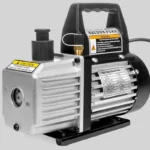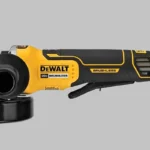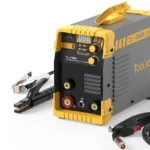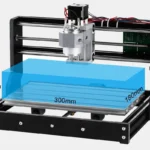Maintaining power tools is crucial for ensuring they operate efficiently and last as long as possible. Regular maintenance not only saves money on replacements but also ensures that your tools are always ready and safe to use.
This guide will walk you through the essential practices to keep your power tools in top condition.
Getting Started with Maintenance
It might seem tedious, but the first step in power tool maintenance is to read the manufacturer’s manual. Each tool has specific needs and potential vulnerabilities that the manufacturer will address. Adhering to these guidelines is also crucial to avoid voiding warranties.
Setting up your power tools correctly from the beginning can prevent many common issues. Ensure all parts are assembled according to the manufacturer’s instructions and that the tool settings are adjusted for the type of work you plan to do.
Routine Maintenance Practices
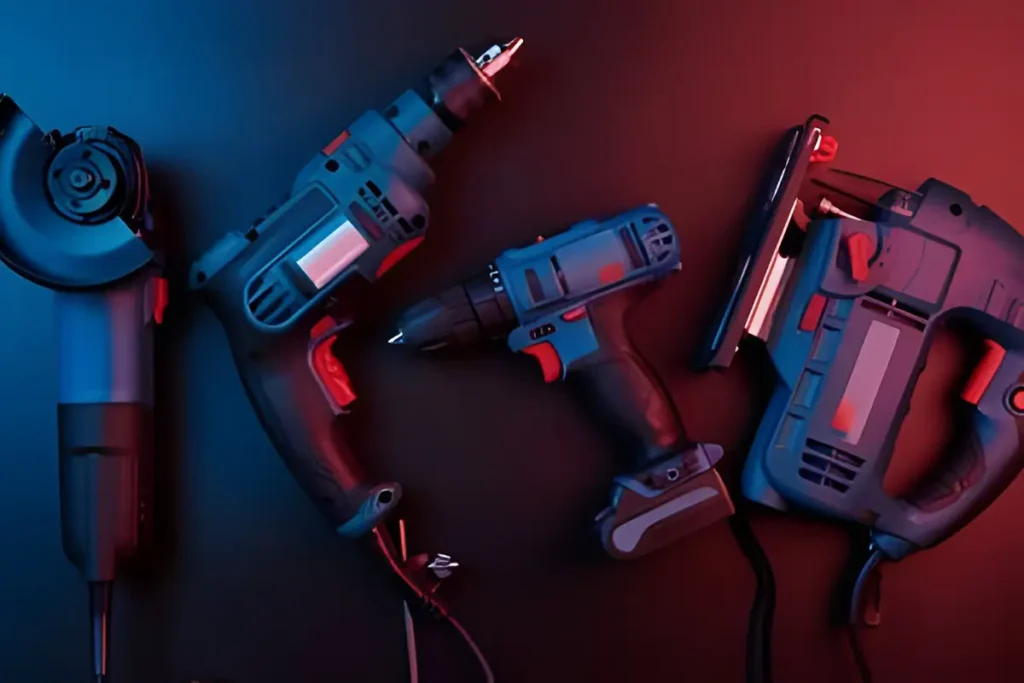
Dirt and debris are the enemies of power tools. After each use, wipe down your tools with a clean, dry cloth to remove particles. For tools with intricate parts, use compressed air to blow out dust from hard-to-reach areas. Avoid using water or harsh chemicals, especially on power tools with electronic components.
Regularly inspect your tools for any signs of wear or damage such as frayed cords, cracked casings, or loose parts. Make sure that the ventilation slots are free of debris to prevent overheating.
Dull tools work harder and deliver poor performance. Keep cutting tools sharp and efficient to reduce wear on the motor and improve results. For tools like saws and drill bits, consider having them professionally sharpened or learn to do it yourself using a reliable sharpening device.
Storage Solutions
Store your tools in a cool, dry place to prevent rust and electrical issues. Humidity can be particularly damaging, so including silica gel packets in your storage area can help absorb excess moisture.
Using the original cases for storing your power tools can protect them from dust and accidental damage. Organize your workspace with pegboards or shelves to keep tools separated and protected when not in use.
Lubrication and Adjustment
Regular lubrication helps maintain the smooth operation of moving parts and prevents rust. Use only the lubricant type recommended by the manufacturer and apply it sparingly to avoid attracting dirt and debris.
Vibrations from regular use can loosen bolts and screws. Check these components periodically and tighten them as needed to keep your tools functioning properly.
Battery Care (for cordless tools)
Proper charging extends the life of batteries. Follow the manufacturer’s instructions for charging and storing batteries, and avoid leaving them in extreme temperatures to prevent damage.
Batteries have a limited number of charge cycles. To maximize lifespan, use the battery fully before recharging and store it in a cool, dry place when not in use.
Handling Repairs and Replacements
Evaluate whether it’s more cost-effective to repair or replace a malfunctioning tool. Consider factors like the cost of new parts, the age of the tool, and whether newer models offer significant improvements.
If you decide to repair, check with the manufacturer for replacement parts or consult local hardware stores. Ensure the parts are compatible with your model before purchasing.
Advanced Maintenance Techniques
Some power tools require periodic calibration to ensure accuracy. Check the manufacturer’s guidelines on how and when to calibrate your tools.
Upgrading certain components, like batteries or motors, can improve performance and extend the tool’s life. Research compatible upgrades and consult professionals when considering significant changes.
Regular maintenance is key to extending the life and enhancing the performance of your power tools. With these guidelines, you can keep your tools in prime condition, ensuring they’re always ready for the next project.

Matthew Dowell
Matthew, a seasoned builder from a family of craftsmen, leads Tools Trove. His passion for tools and decades of hands-on experience fuel his commitment to providing expert reviews and insightful content. Whether you’re a pro or a DIY enthusiast, Matthew’s guidance ensures informed decisions in the world of tools.

